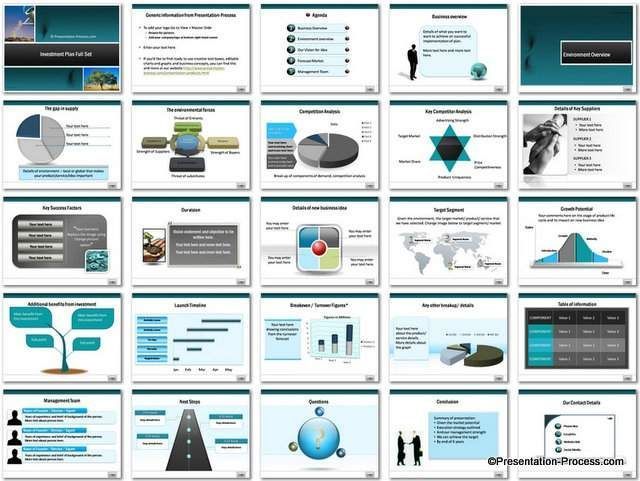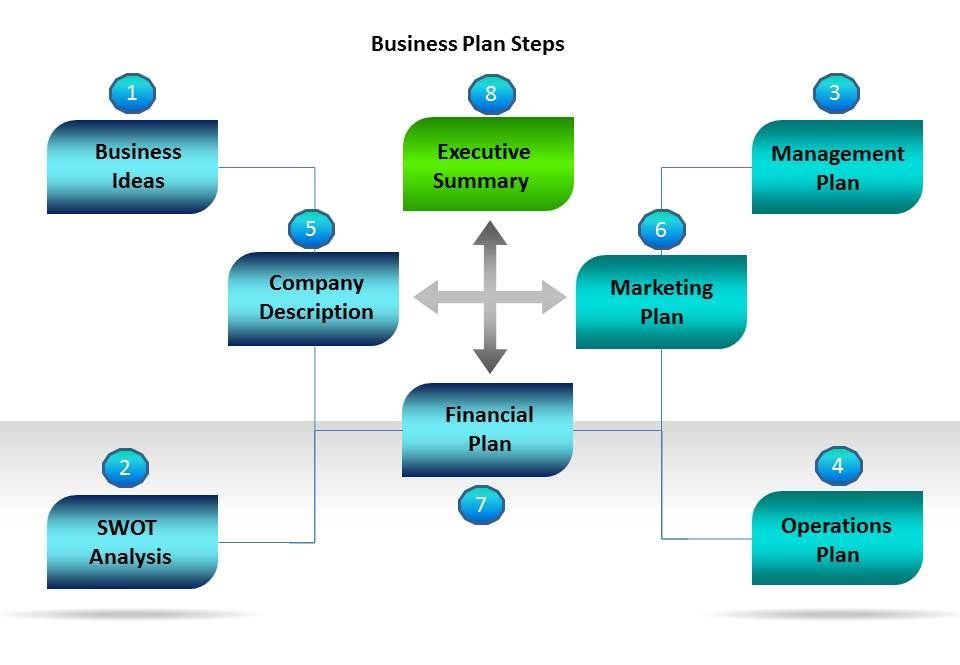Business Planning
When you know your strengths, you are able to overcome your weaknesses
Having overcome your weaknesses, you can meet your threats
Then, you can exploit your opportunities



PLANNING
Fundamentally important decisions could be taken by entering this systematic and comprehensive strategic, tactical and operational business planning. The format that is used is compiled after adopting the best available methodology from many different sources, and many years of experience. Therefore, it is comprehensive, scientifically sound and practically orientated.
The owners of the enterprise are never in the dark or experience any surprises because they are very much part of the whole process. The process comprises 12 different steps, grouped together into three phases. Decision makers receive three versions of every step (or groups of steps). The first version is a draft. After revision by Cams Advisory Services, decision makers have the opportunity adjust what is needed.
The second version is the adjusted/corrected information. Decision makers need to understand, agree, and then approve the work up to that point. This semi-final version is the basis for the final version as at the end of the assignment it will be refined to allow for new information that might surface as the planning process progresses.
For operating businesses, experience has taught that clients understand precisely what is happening, they and their staff get excited, and they start to implement some remedial steps or creative ideas immediately.
By all decision makers involved in correcting, approving and being part of the whole process, step-by-step, there is no opportunity for any misunderstanding. Any point of uncertainty can be dealt with immediately. Many other needs (especially in the field of training, skills training or re-training) are identified as the process progresses.
THE AIM OF STRATEGIC business PLANning
The strategic marketing plan has a primary and two secondary objectives:
The primary objective is to gather and interpret relevant information that will guide decision makers to choose between various options to attain predetermined goals (for example: increase the project’s profitability with 4%) with the least risk and effort.
The first secondary objective, flowing naturally from the above, is to compel all the stakeholders to learn much more about their own business. Issues that perhaps have not been thought through will surface and will oblige objective consideration within the framework of sound business principles. These issues are typically latent problems that, when ignored long enough, will manifest as serious challenges.
The second secondary objective is to prepare a document that could also serve as (i) an internal training tool, (ii) policy document and (iii) a blueprint for implementation and control.